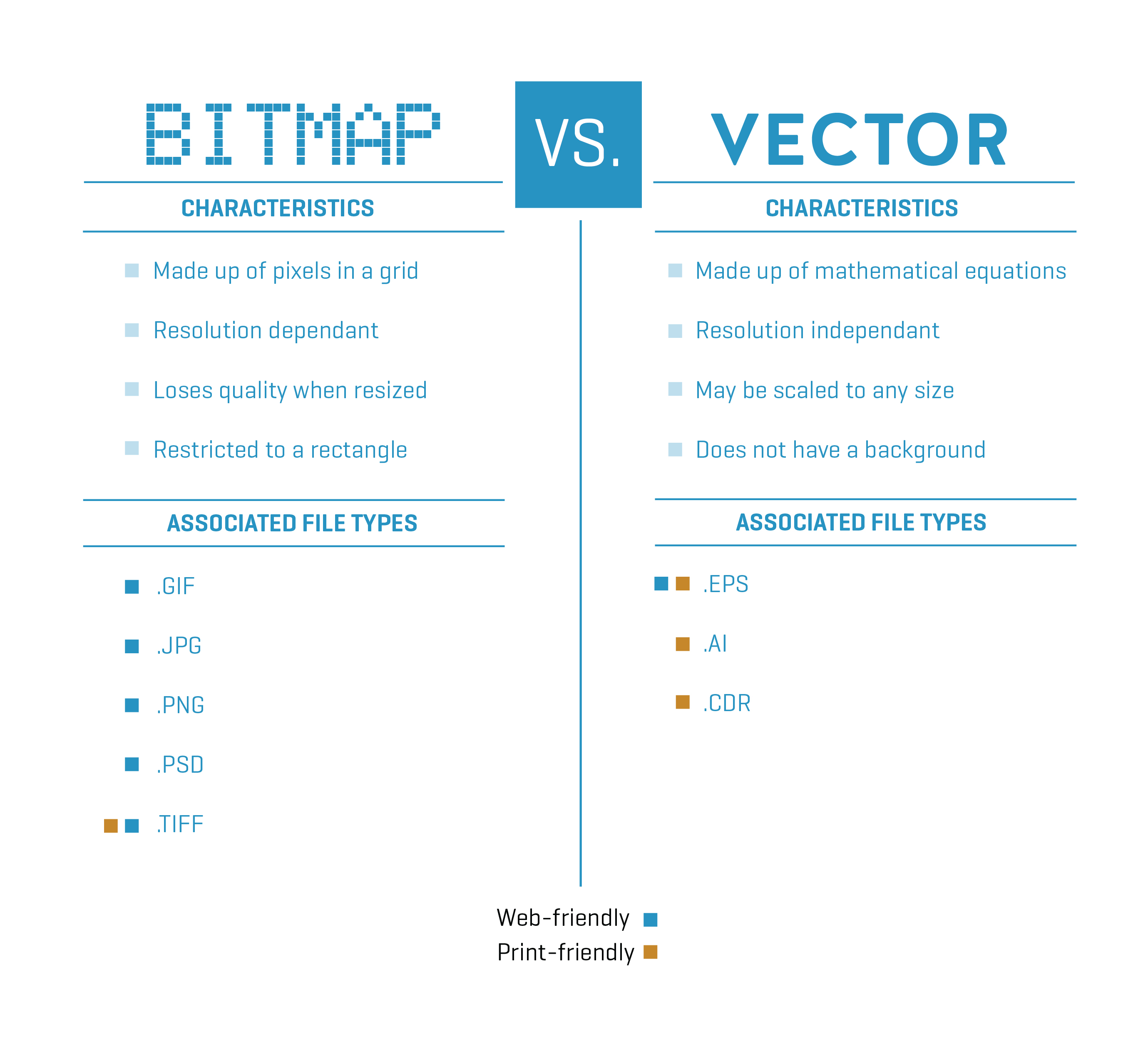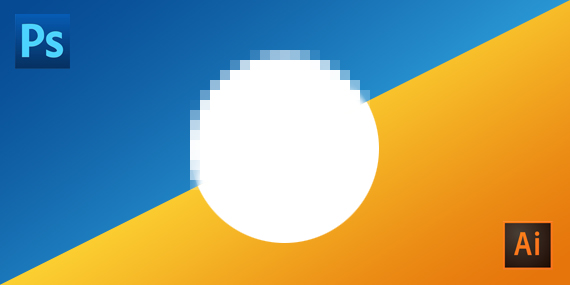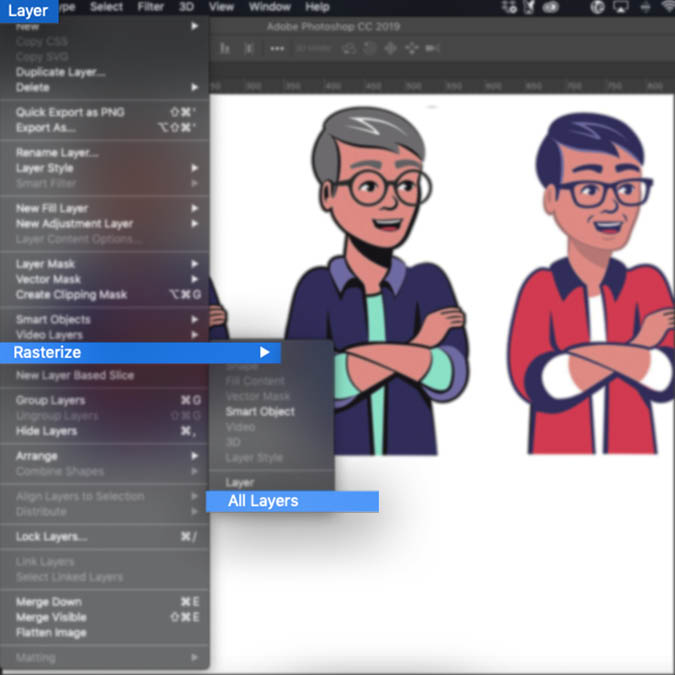

The resolution of a raster file is referred to in DPI (dots per inch) or PPI (pixels per inch). One of the main differences between raster and vector files is their resolution. create the ol.layer.Vector which we will use as the maskĬonst olLayerVector = new ol.layer. Some of the main differences between raster and vector include: Resolution.

Drawing packages that use brush tools to draw with, but save in a. The combination of tile access performance and vector drawing allows the tiles to adapt to any. Vector tiles have a smaller file size than raster tiles, which translates to faster maps and better performance. Raster engraving certainly has its place. Vector simply follows a path with the laser.

You get raster files with paint packages like and Photoshop. Unlike raster tile layers, vector tile layers can adapt to the resolution of their display device and be restyled for multiple uses. Raster is like a deskjet printer where the laser goes back and forth over the area and engraves the image. In the following example I show how the standard OpenStreetMap layer can be combined with a vector circle shape in a variety of ways depending on the operation function: Combining the OSM raster source with a vector source: We cannot work on raster layer for creating vector art because there is different layer offers by Krita for this purpose. Raster: the image is made up of tiny coloured squares which map to individual pixels on the screen when the image is displayed at a scale of 1:1 but if you scale it up to look bigger then it gets blurry. Openlayers contains the powerful feature which enables you to combine 2 (or more) raster layers using a custom function with access to the pixels of each layer.Īs vector layers can also be rendered as raster using the renderMode:image, this can be used to implement client side cropping and/or masking based on any shape.


 0 kommentar(er)
0 kommentar(er)
